Do lab grown diamonds get cloudy? It’s a question that often dances through the minds of those contemplating buying a diamond ring for a proposal. You see, choosing an engagement ring is no small decision; it’s a symbol of love, commitment, and lasting beauty. We understand your desire for clarity, both in terms of your choice and the diamond itself. Beyond merely answering the question, we’ll delve into the fascinating science that makes lab grown diamonds as clear as a starry night sky. But that’s not all – there’s a whole world of benefits waiting for you when you consider these gems. So, if you’re at the cusp of a significant decision and intrigued by the brilliance of lab grown diamonds, let’s dive in, dispel the clouds of uncertainty, and uncover the radiance that lies within these stunning gems.
What Is a Cloudy Diamond?
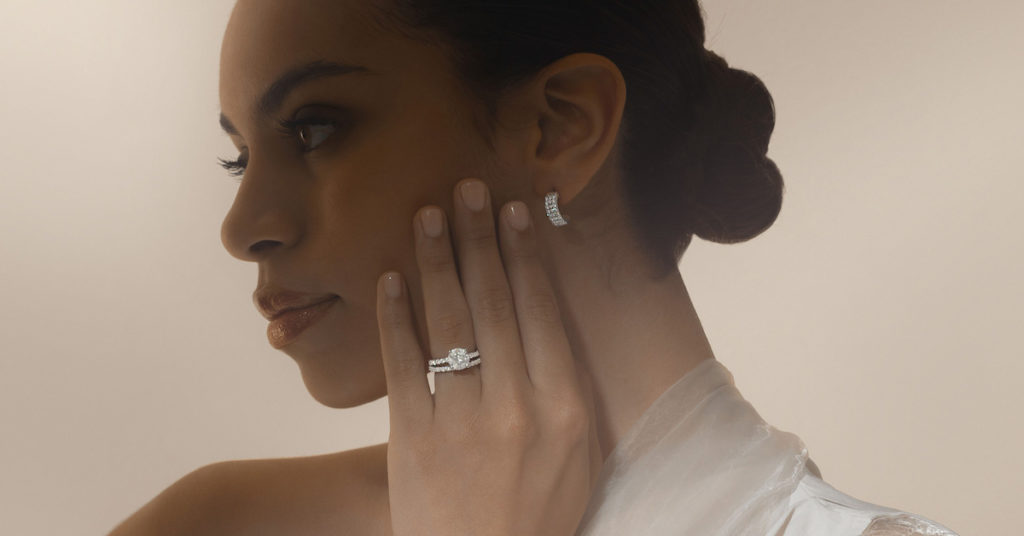
First, let’s establish what we mean by cloudy diamonds. A cloudy diamond contains numerous internal imperfections, or inclusions, that reduce its transparency and brilliance. These microscopic flaws occur when small crystals, fractures, or foreign materials become trapped within the diamond during its formation deep underground. The more inclusions a diamond contains, the less light can pass through unobstructed, giving the diamond a hazy, cloudy appearance. While all diamonds contain some inclusions, a cloudy diamond has so many that they noticeably diminish its clarity and sparkle. The cloudiness is especially apparent when the diamond is viewed under magnification. While less desirable than diamonds with few or no inclusions, cloudy diamonds are still used in jewelry, often with their flaws hidden by intricate cuts.
Addressing the Question: Do Lab Grown Diamonds Get Cloudy?
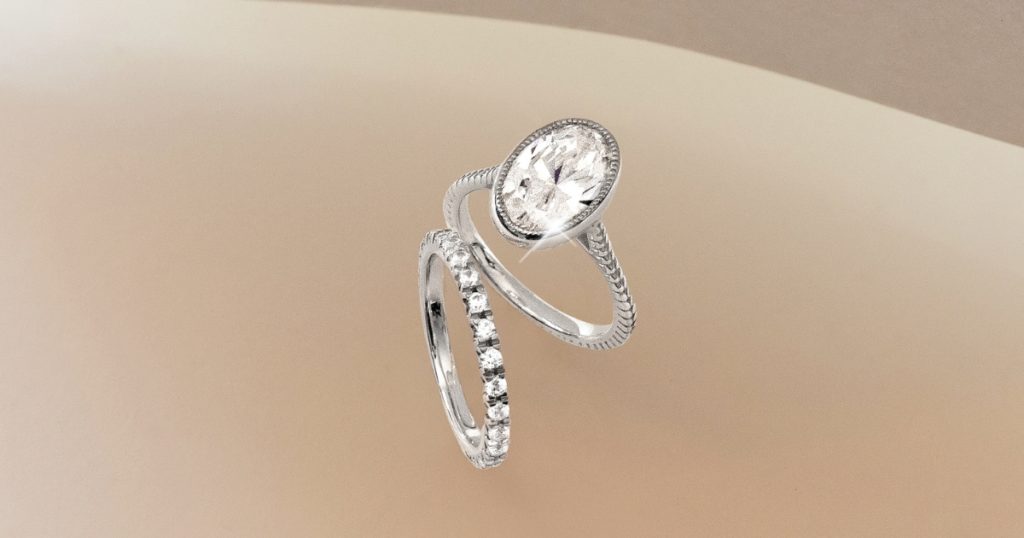
One common concern from shoppers considering lab grown diamonds is whether they will get cloudy or dull over time. The simple answer is no – when produced by reputable manufacturers, lab diamonds do not get cloudy or change appearance.
A general misconception is that lab grown diamonds are more likely to appear cloudy or contain color due to their artificial origin. In reality, lab grown diamonds, particularly colorless diamonds, exhibit exceptional clarity and transparency.
Why Lab Grown Diamonds Don’t Get Cloudy
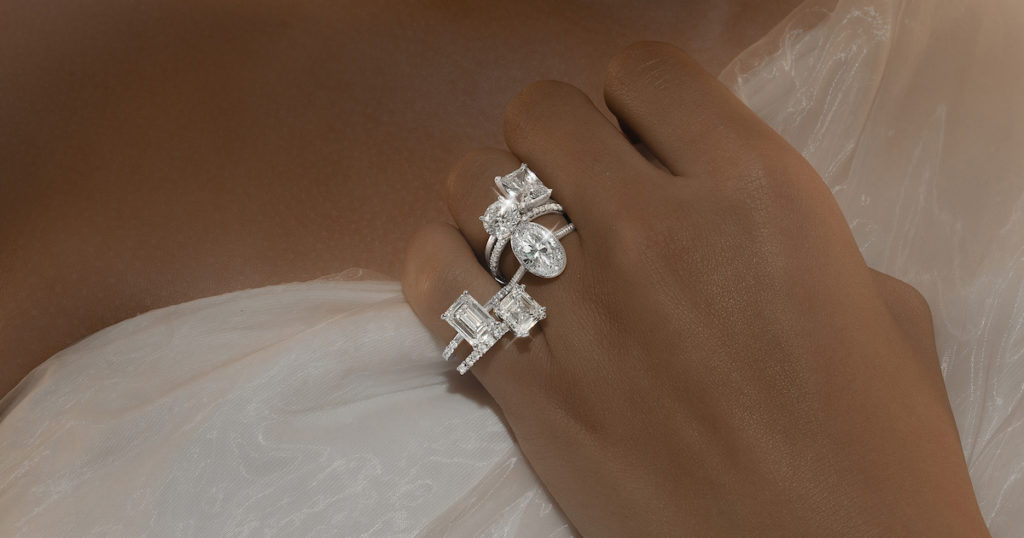
Lab diamonds are comprised of pure crystalline carbon, just like natural diamonds. They have the same diamond lattice structure that gives diamonds their hardness, brilliance, and resistance to cloudiness.
However, the controlled growth environment allows manufacturers to optimize clarity during the cultivation process. Nitrogen impurities that can cause cloudiness in mined diamonds are minimized. This enables most lab diamonds to achieve higher clarity grades than naturally occurring diamonds.
Reputable lab diamond vendors also provide extensive quality assurance testing. They examine cut quality, polish, symmetry, and other factors to ensure optimal light performance and fire. Industry standards for grading lab diamonds are very stringent to guarantee that their appearance stays consistent over the lifetime of a diamond.
What Exactly Are Lab Grown Diamonds?

A lab grown diamond, also known as a lab created diamond, is a real diamond created in a laboratory rather than mined from the earth. Such diamonds have the same physical and chemical properties as mined diamonds. They are also graded using the same 4Cs – cut, color, clarity, and carat weight. The key difference is their origi
Many people choose lab diamonds because they are more ethical and affordable than compared to mined diamonds. Lab diamonds are not imitations or fake diamonds. They are real diamonds free of environmental and ethical concerns associated with diamond mining.
How Are Lab Diamonds Grown?
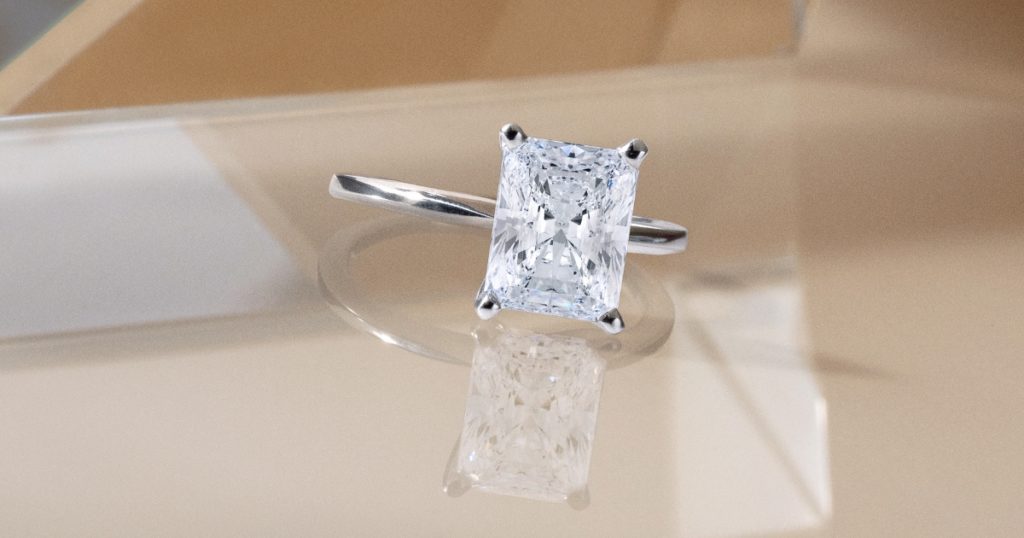
Lab diamonds are grown using cutting-edge technology that replicates the natural diamond formation process. Tiny diamond seed crystals are placed in a controlled chamber and exposed to high pressure and temperatures. This causes carbon atoms to accumulate on the seed crystal and form a diamond. The entire growth process takes 6-10 weeks. The most common methods are HPHT (high pressure, high temperature) and CVD (chemical vapor deposition).
High Pressure, High Temperatures
With HPHT, tiny diamond seed crystals are placed into a super hot, high-pressure chamber – we’re talking over 2,500°F and more than one million pounds per square inch! This simulates the conditions inside the earth’s crust where natural diamonds form. The atoms are forced into the seed crystals under these intense conditions, causing the crystals to grow layer by layer into larger diamonds over several weeks.
Chemical Vapor Deposition
CVD involves pumping heated gases into a vacuum chamber containing diamond seeds. The gases break down into plasma, which contains carbon atoms. The carbon atoms stick to the diamond seed, building up layer after layer of carbon that hardens into a diamond. Lab diamonds can be carefully grown atom by atom over several weeks by tweaking factors like temperature and pressure.
Benefits of Choosing Lab Grown Diamonds
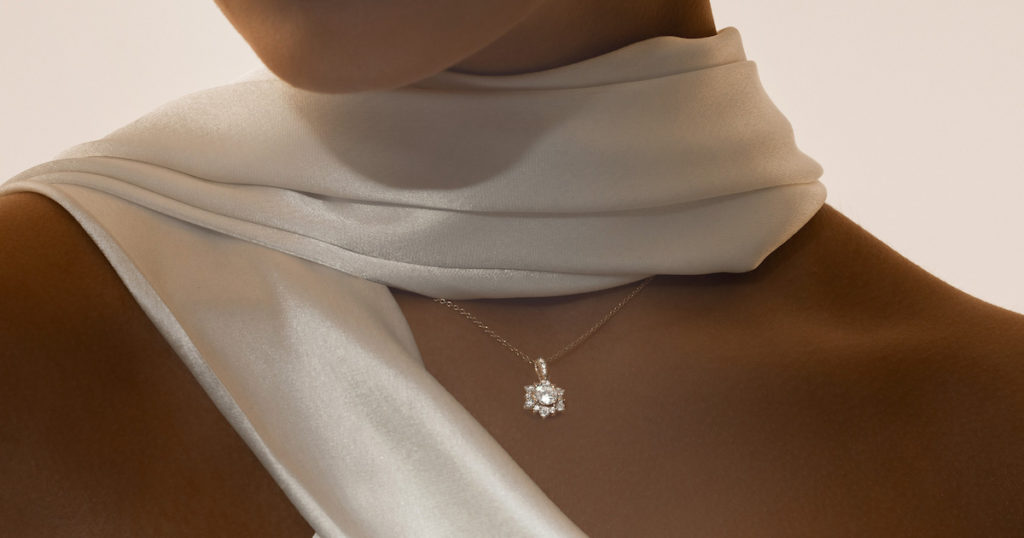
In addition to avoiding the cloud inclusions that can occur with some mined diamonds, there are many other compelling reasons to consider lab grown diamonds when browsing for engagement rings.
More Affordable for Bigger and Better Diamonds
One of the biggest appeals of lab created diamonds is their more affordable price point. On average, lab diamonds cost about 20-40% less than naturally mined diamonds of comparable size and quality. These significant cost savings allow you to get larger, higher-quality diamond jewelry for your budget. Or put the money you save towards a more intricate or ornate setting. With a lab diamond, you can maximize the look and presence for less.
Ethical Alternative for Eco-Conscious Consumers
Lab diamonds appeal to eco-conscious consumers because their production has minimal environmental impact. Lab diamond generation uses very little water and creates low carbon emissions. There are no harsh mining practices that disrupt or pollute the land. Lab diamonds are an ethical alternative to earth-mined diamonds for those who care about environmental friendliness and responsible sourcing. Choosing a lab diamond allows you to feel good about your purchase.
Unmatched Consistency in Color, Clarity, and Cut
The highly controlled production environment of lab diamonds results in unmatched consistency across color, clarity, and cut quality. Lab diamonds go through rigorous optimization and quality control. This allows for an exceptional evenness in characteristics like color and clarity grading across lab diamonds. This consistency makes it easier to find a high-quality diamond with your desired specifications.
Lab Grown Diamond Certification

Certification proves a lab diamond meets claimed specifications for enduring quality. For the best assurance, only consider lab diamonds graded and documented by respected third parties like the Gemologcal Institute of America (GIA) and International Gemological Institute (IGI). Their expertise and consistent methodologies are relied upon across the jewelry industry.
By only considering lab diamonds certified by these respected experts, you can have confidence that their thorough evaluation validates the diamond’s authenticity and characteristics. Their trusted expertise and consistent methodologies give you assurance in what you are purchasing.
When you buy from a reputable retailer like Clean Origin, your diamond will have an authoritative IGI grading report detailing its credentials. Reviewing this independent certification ships with your diamond gives you peace of mind that it meets specifications for enduring quality.
Browse Lab Grown Diamonds at Clean Origin

Skip the crowded mall jewelers and browse beautiful diamond rings online from the comfort of your home. We provide comprehensive education every step of the way so you can shop with confidence. Our diamond experts are always ready to answer questions and provide guidance via virtual appointments. If you would rather browse our lab grown diamond jewelry selection in person, visit us at a store near you!



